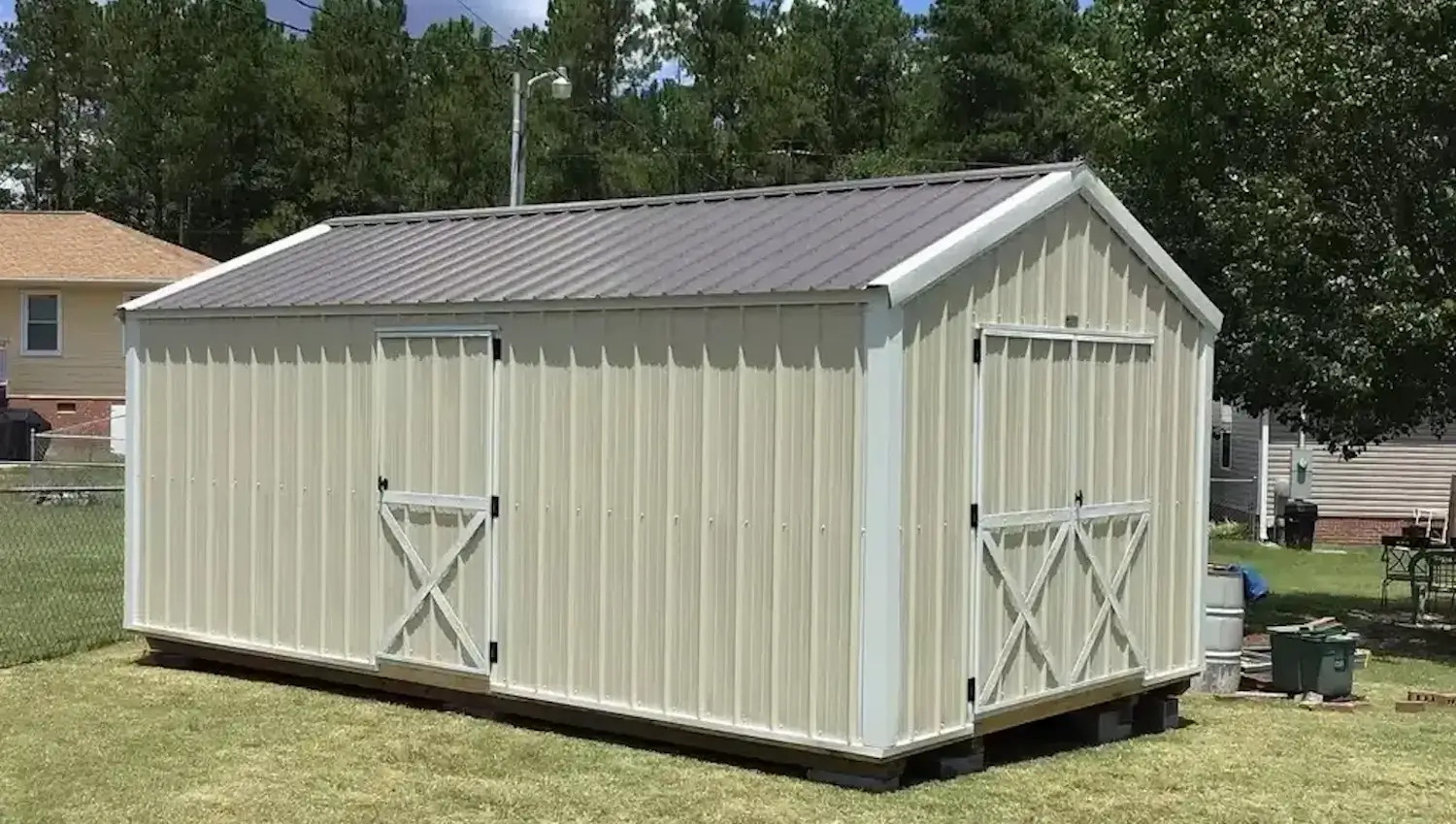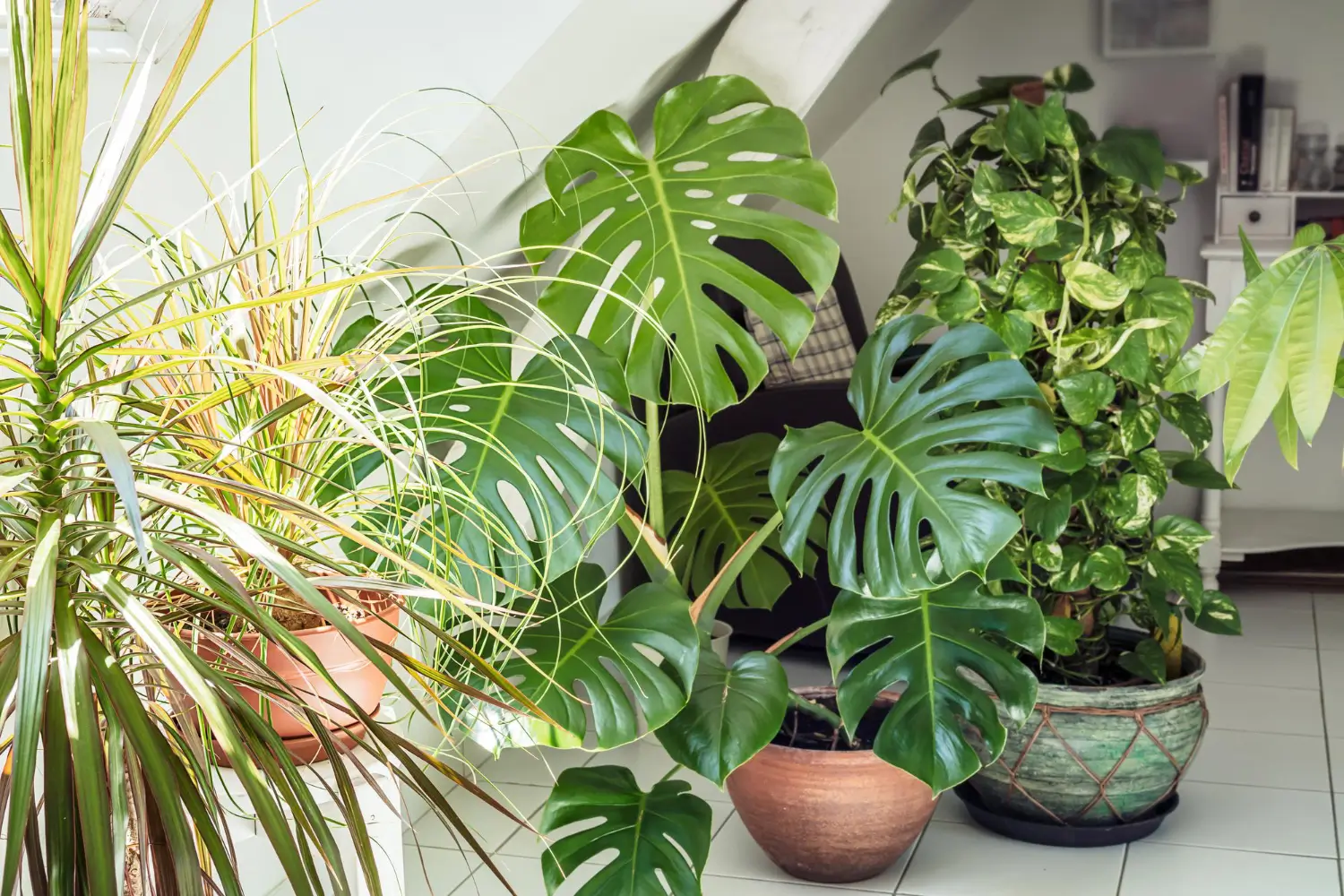
August 24, 2025

Most homes lack those touches of life and natural beauty that plants can bring. In an era where sleek features and man-made details are increasingly becoming a trend, there is a necessity to add more natural aspects to the indoor space as well. One of the easiest things to do is to add a large indoor plant, which changes the look and feel of any room instantly.
To ensure that the plant thrives, factors such as light levels, room size and humidity should be taken into account. These easy care tips can keep the big indoor plants beautiful and thriving in any bright or dimly lit spaces while helping readers choose the best big indoor plants for their homes.
Large indoor plants are plants that grow to be quite tall, often more than 3 feet in height. These plants are ideal for indoor spaces because they add beauty and life. They become the focal point in any room, making a statement with their size and lush appearance.
Before bringing a large indoor plant into a home, there are a few things to consider to make sure both the plant and the space are well-suited.
When it comes to decorating with plants, low-light rooms don’t have to be left out. Many large indoor plants can thrive in dimly lit spaces, offering both beauty and benefits without needing much sunlight. Here are some of the best tall indoor plants low light:
The Snake Plant is a great plant for beginners or those who are too busy. It is almost carefree, enjoying low light and can go for weeks without water. So if people frequently forget to water the plants, this one will be perfect. Its bold, heart-shaped foliage makes a beautiful statement in any room.
The ZZ Plant is the perfect plant for lower light spaces, like an office or bathroom. It requires little maintenance. It will thrive on neglect and rarely get insect problems. With its sleek, dark green leaves, it always looks classy and elegant.
Its large, glossy leaves certainly make this plant stand out in an indoor space. It can handle lower light situations, but as with most plants, it will still probably do best in indirect sun. This is the perfect pick for an indoor space with limited access to natural light, ideal for any work desk or living room which can benefit from a calming green touch.
The Parlor Palm is a popular choice for indoor spaces due to its elegant appearance and easy care. It thrives in lower light and provides a tropical atmosphere without requiring much attention. Its feathery fronds create a soft, inviting look, making it ideal for brightening up darker areas like bedrooms or small apartments.
As the name suggests, the Cast Iron Plant is nearly indestructible. It can survive in areas with little light and little care. This plant is perfect for anyone who may not have the time or energy to care for high-maintenance plants. Its large, dark green leaves make it an attractive addition to any room with minimal light.
Large indoor plants that grow well in bright, indirect light can thrive and create a dramatic effect in rooms with plenty of natural sunlight. Here, take a look at the best 5 large indoor plants that thrive in bright light conditions:
Bird of Paradise is known for its big, exotic leaves which are perfect if you want to add a bit of drama to the space. It loves bright, indirect light and can reach several feet in height. This is perfect for a stand-alone plant in any living space, an entrance hall or a well-furnished office. Its tropical appearance will bring life to even the brightest room, making its large, vivid leaves a perfect pairing with vibrant colors.
The Fiddle Leaf Fig is a popular species of plant largely recognized for its big, shiny leaves. It thrives in bright, indirect light which is great for a sunny room or one with plenty of natural light. This plant can grow very tall, making it a statement piece in the room. The big thick leaves add a simple lushness to any place.
The Rubber Plant is a simple plant that thrives on bright light, indirect from the sun. It has shiny leaves which look like leather, making it very attractive and beautiful to place in any room. With time, it can spread into a large, tall plant that fills in all the little crevices, making it ideal for corners or larger spaces.
Also known as the Swiss cheese plant, Monstera Deliciosa is renowned for its beautiful split leaves. It requires bright indirect light and will grow rapidly when provided with the right conditions. The plant's unusual looks give a touch of the tropics to any room, while it's tall enough to be the statement piece in a high-light space.
The Areca Palm is a stunning, lush plant that loves brilliant, indirect light. This palm has arching fronds that give it a light, airy appearance, making it ideal for bright living spaces or entryways. Its soft texture imparts an easy, relaxed vibe instantly bringing the distant outdoors of the tropics close at home.
Here are some easy care tips to help keep the plants healthy and vibrant:
Most large plants require water when the soil surface feels dry to the touch. Root rot will set in if people overwater so before giving them any more water, test the soil. Drainage is necessary so that water does not accumulate at the base of the plant and cause root rot. Use pots with drainage holes to have proper water circulation.
All plants require a certain type of light coverage so it is important that people put them in places where they can receive the light. While many large plants are happy to grow in bright, indirect light, others will do well in lower light conditions. Keep the plants growing evenly by rotating them every few weeks. This further helps to ensure that sunlight reaches the plant from all sides which will reduce the chances of the plants getting tall on one side.
Most large indoor plants, especially tropical ones do well with medium-high humidity. Use a humidifier if the air in the home tends to be dry. Buy a humidifier to keep the level of moisture. Plants can get stressed by a rapid temperature change. Avoid air conditioning vents, heaters, and drafty windows as they can damage the herbs by fluctuating the temperature.
Plants are growing in the warmer months and can use all of the feeding they can get. Feed with a balanced, water-soluble fertilizer to promote growth. This will fulfill the plants' basic nutritional requirements (nitrogen, phosphorus, potassium) so they are healthy and strong.
Dust will block sunlight and allow only a small amount of sunlight to pass which leads to less photosynthesis. Clean leaves with a damp cloth and give a gentle spray of water. Remove any dead or yellowing leaves every so often to promote new growth and maintain a lush appearance.
Easy care large houseplants for indoors can make a bold statement in any home adding rainbow colored displays of color, texture and natural beauty. To give these plants their due right in home decor, here are some tips for styling them so they can thrive in the environment and add to the room.
Big indoor plants can transform a room. They integrate an organic touch, making a home seamlessly more cozy and appealing. Selecting the correct plants for light and space in a home, along with basic care, can help those plants thrive and make it an ideal place to be.
Growcycle is a resource for plants and gardening advice. You will learn how to take care of and grow beautiful indoor plants in the large floor plants for the living room.
Disclaimer: This material is for informational purposes only and should not be relied on for legal, medical, financial, or any other form of professional advice.
Yes, always make the choice according to the light conditions of the room; some prefer bright light and others low.
Water when the top inch of soil is dry, arrange plants by light requirements, keep humidity high and clean leaves.
Yes, just ensure they have similar care needs, like light and water requirements, to thrive together.